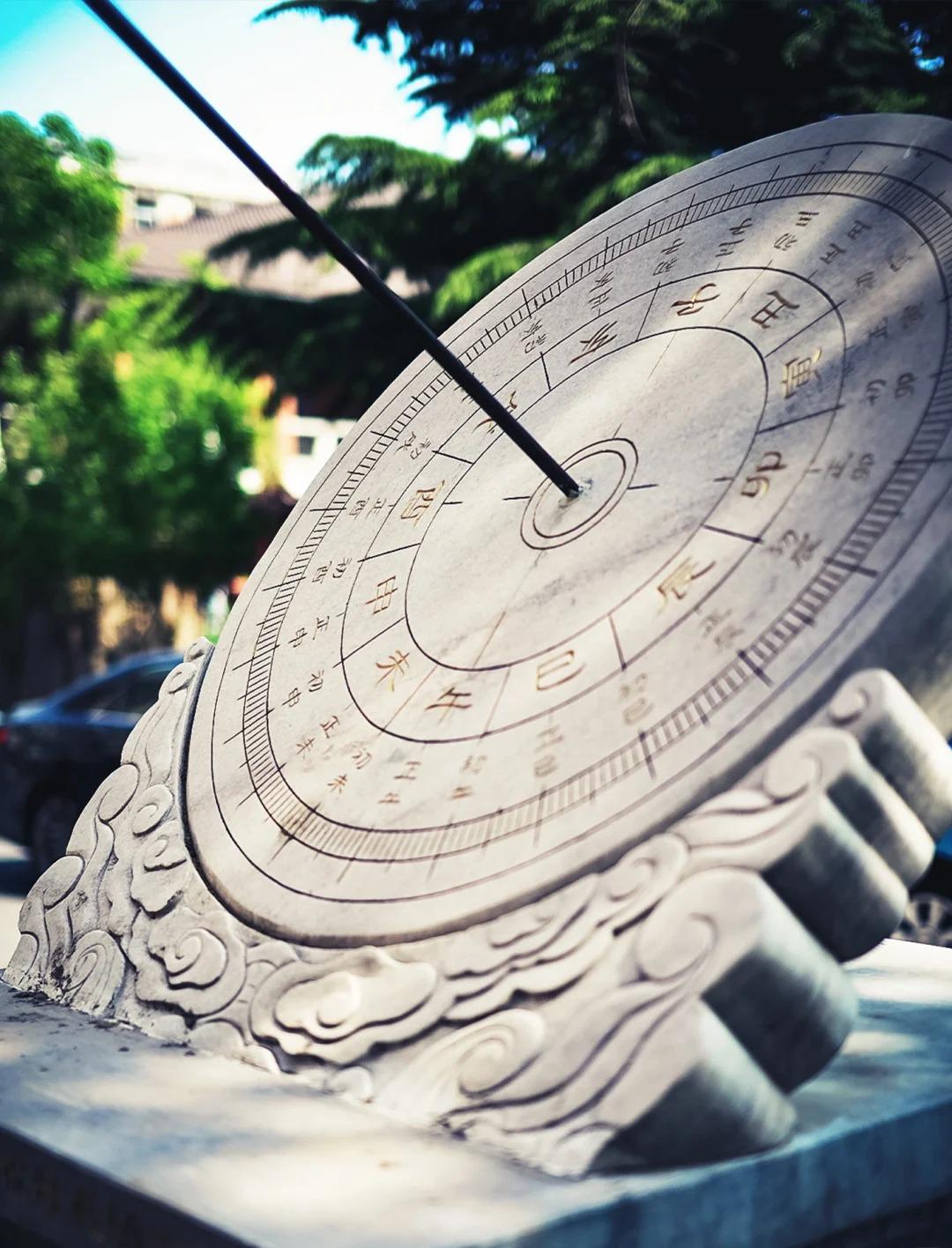Introduction to Chinese Clocks
The history of timekeeping in China is as ancient as the civilization itself. For millennia, the Chinese have developed unique methods to measure time, reflecting their philosophical understanding of the cosmos and the cyclical nature of existence.
Chinese clocks hold a special place in the nation’s cultural tapestry, serving not just as functional devices but also as works of art and symbols of status. From ancient water clocks to elaborate mechanical marvels, these timepieces tell a story of innovation, artistry, and cultural exchange.
In this article, we’ll explore the rich history of Chinese clocks, from traditional timekeeping systems to modern interpretations, offering insights for travelers and clock enthusiasts alike.

Traditional Chinese Timekeeping Systems
Ancient Chinese timekeeping was based on the concept of 时辰 (shíchen), a system that divided the day into 12 two-hour periods. Each shíchen corresponded to one of the 12 Earthly Branches, which are also used in the Chinese zodiac.
| Shíchen | Chinese | Modern Time | Earthly Branch | Zodiac Animal |
|---|---|---|---|---|
| zǐ shí | 子时 | 23:00 – 01:00 | 子 (zǐ) | Rat |
| chǒu shí | 丑时 | 01:00 – 03:00 | 丑 (chǒu) | Ox |
| yín shí | 寅时 | 03:00 – 05:00 | 寅 (yín) | Tiger |
| mǎo shí | 卯时 | 05:00 – 07:00 | 卯 (mǎo) | Rabbit |
| chén shí | 辰时 | 07:00 – 09:00 | 辰 (chén) | Dragon |
| sì shí | 巳时 | 09:00 – 11:00 | 巳 (sì) | Snake |
| wǔ shí | 午时 | 11:00 – 13:00 | 午 (wǔ) | Horse |
| wèi shí | 未时 | 13:00 – 15:00 | 未 (wèi) | Goat |
| shēn shí | 申时 | 15:00 – 17:00 | 申 (shēn) | Monkey |
| yǒu shí | 酉时 | 17:00 – 19:00 | 酉 (yǒu) | Rooster |
| xū shí | 戌时 | 19:00 – 21:00 | 戌 (xū) | Dog |
| hài shí | 亥时 | 21:00 – 23:00 | 亥 (hài) | Pig |
Before mechanical clocks, the Chinese used ingenious devices like water clocks (clepsydras) and incense clocks to measure time. The water clock, or 漏刻 (lòu kè), used the steady drip of water to mark the passage of time, while incense clocks burned incense sticks or powders at a consistent rate to measure hours.
The Arrival of Mechanical Clocks in China
The introduction of Western mechanical clocks during the Ming Dynasty (1368-1644) marked a significant turning point in Chinese horology. Jesuit missionaries brought these timepieces as gifts to the imperial court, sparking great interest and admiration.
Chinese artisans quickly mastered the techniques of clock-making, infusing Western mechanisms with distinctly Chinese aesthetics. This fusion gave birth to unique timepieces that blended precision engineering with exquisite artistry.
Notable clockmakers like Xu Guangqi and Shang Zhixin made significant contributions to the field, adapting and improving upon Western designs to create clocks that suited Chinese tastes and needs.

Types of Chinese Clocks
Chinese clocks come in various forms, each with its own charm and significance:
- Palace Clocks: Elaborate timepieces featuring intricate mechanisms and ornate decorations, often incorporating automatons or musical elements.
- Bracket Clocks: Smaller, portable clocks designed to sit on tables or shelves, often featuring traditional Chinese motifs.
- Tower Clocks: Large public timepieces installed in city centers or important buildings, serving both functional and symbolic purposes.
- Modern Interpretations: Contemporary designs that blend traditional Chinese elements with modern aesthetics and technology.
Symbolism and Decoration in Chinese Clocks
Chinese clocks are often adorned with rich symbolism and decorative elements:
- Animals: Dragons and phoenixes are commonly featured, symbolizing imperial power and prosperity.
- Zodiac Symbols: The 12 animals of the Chinese zodiac may be incorporated into clock designs.
- Auspicious Symbols: Motifs like bats (for good fortune) or peaches (for longevity) are frequently used.
- Calligraphy and Poetry: Many clocks feature beautiful inscriptions or poetic verses, adding literary value to the timepiece.
These decorative elements not only enhance the beauty of the clocks but also imbue them with cultural significance and meaning.

Famous Chinese Clocks and Collections
China boasts several renowned clock collections that showcase the nation’s horological heritage:
- The Forbidden City: Houses an impressive collection of imperial clocks, including the famous “Gilt Copper Elephant Clock.”
- Xu Beihong Memorial Clock Collection: Features unique timepieces owned by the famous painter Xu Beihong.
- Shanghai Clock and Watch Museum: Offers a comprehensive look at the history of timekeeping in China.
Contemporary Chinese clock designers continue this rich tradition, creating modern masterpieces that honor their cultural heritage while embracing innovation.
Chinese Clocks for Travelers
For travelers interested in Chinese clocks:
- Where to See: Visit the Palace Museum in Beijing, the Shanghai Clock and Watch Museum, or the Nanjing Museum for impressive clock collections.
- Shopping: Look for Chinese-style clocks in antique markets or high-end boutiques in major cities. Be cautious of fakes and always purchase from reputable sources.
- Gift-Giving: While clocks can make beautiful souvenirs, be aware that in Chinese, “giving a clock” (送钟) sounds similar to “attending a funeral” (送终). It’s generally not advisable to give clocks as gifts in Chinese culture.
- Maintenance: If you acquire a Chinese clock, handle it with care. For antique pieces, consult specialists for proper maintenance and restoration.
Chinese clocks offer a fascinating window into the intersection of art, science, and culture in the Middle Kingdom. Whether you’re admiring a centuries-old palace clock or considering a modern interpretation for your home, these timepieces carry with them the weight of history and the beauty of Chinese craftsmanship. As you explore China, take the time to seek out these horological treasures – they offer a unique perspective on how the nation has measured and valued time throughout its long and storied history.





